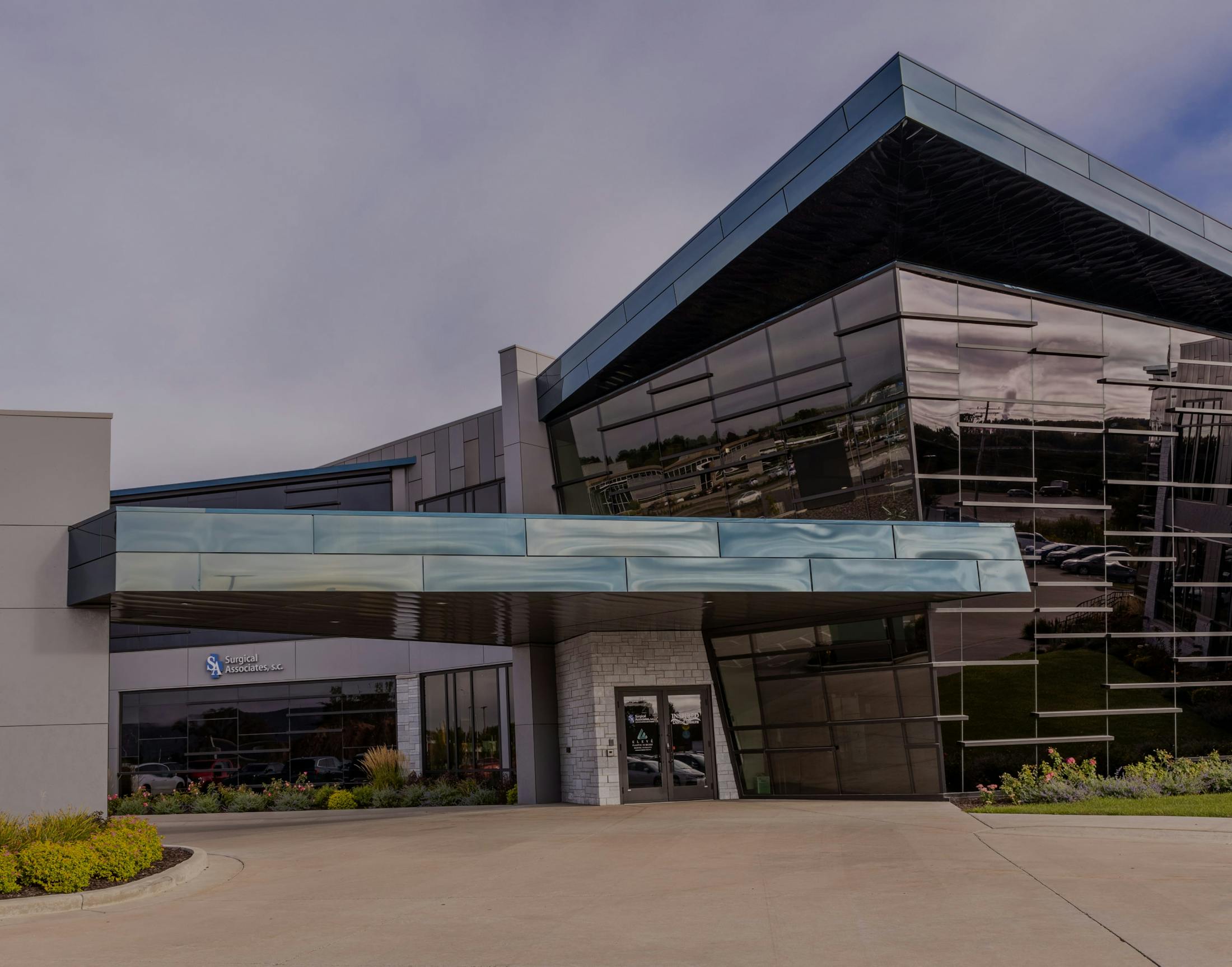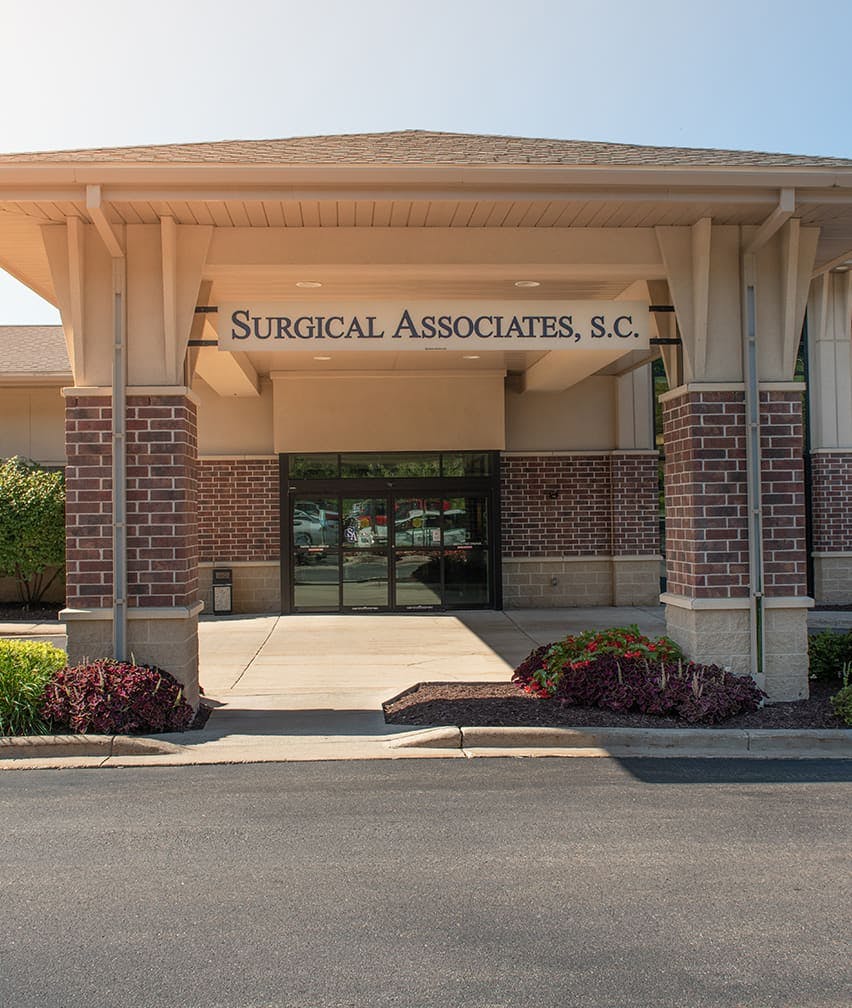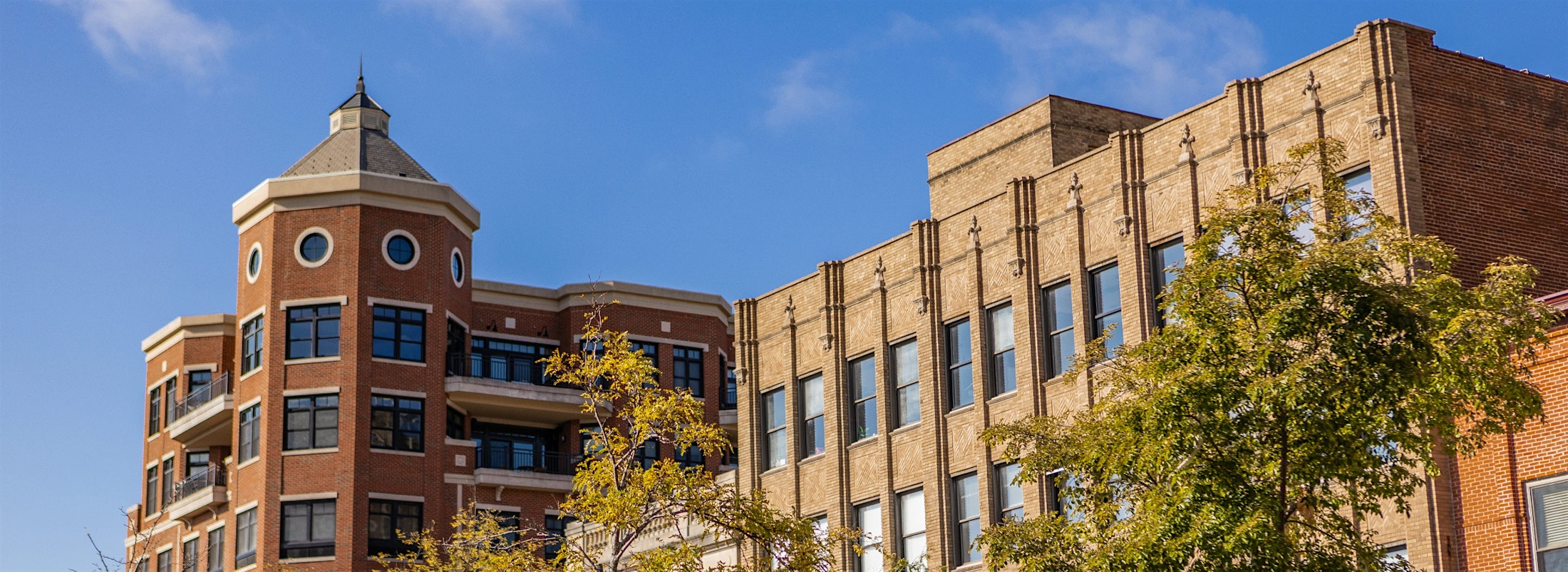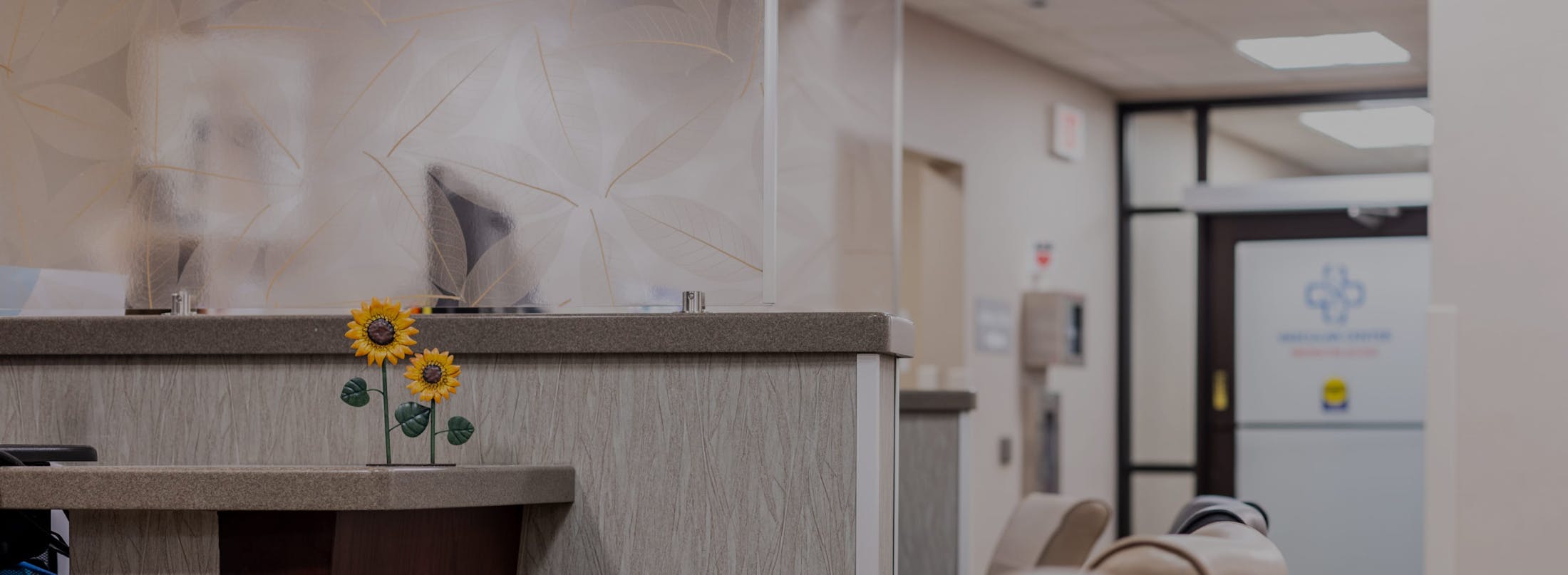Discover innovative treatments for Peripheral Arterial Disease (PAD) at Surgical Associates, where expert care meets cutting-edge medical advancements. PAD is a circulatory condition characterized by narrowed blood vessels and reduced blood flow to the limbs, typically the legs.
Types of PAD
There are two types of PVD: functional and organic.
- Functional PAD: This type doesn't involve defects in blood vessels themselves. Instead, it's characterized by temporary narrowing of blood vessels. Stress, cold temperatures, or operating specific machinery can trigger functional PAD.
- Organic PAD: This type involves changes in blood vessel structure — usually due to atherosclerosis. Organic PAD can cause gradual changes in the blood vessels, leading to chronic symptoms or complications.











